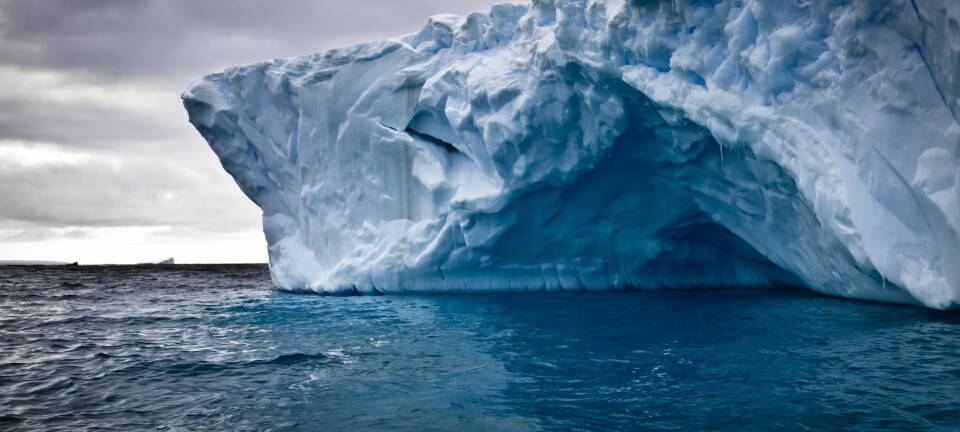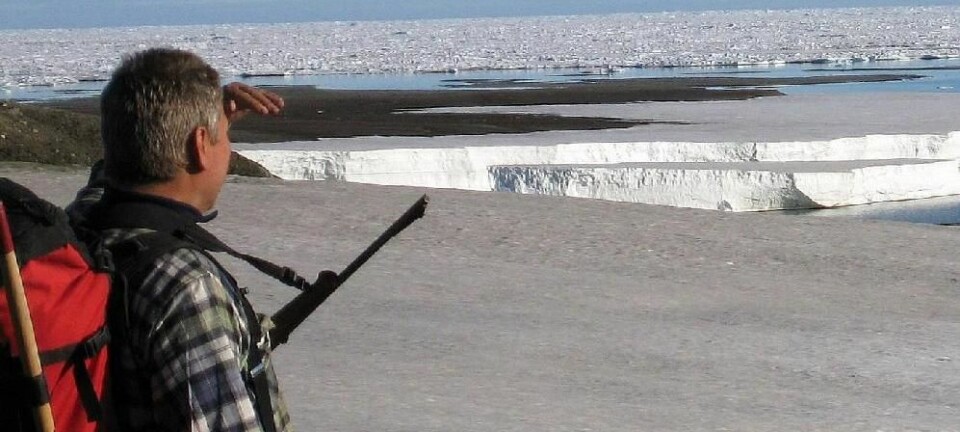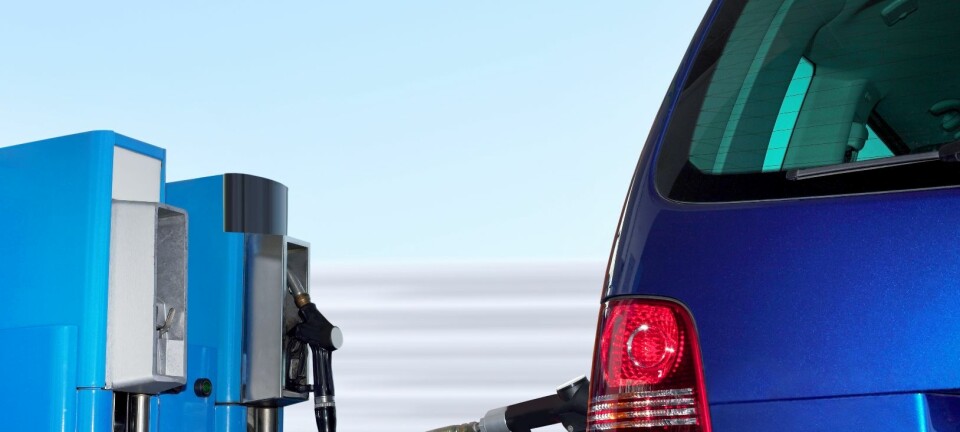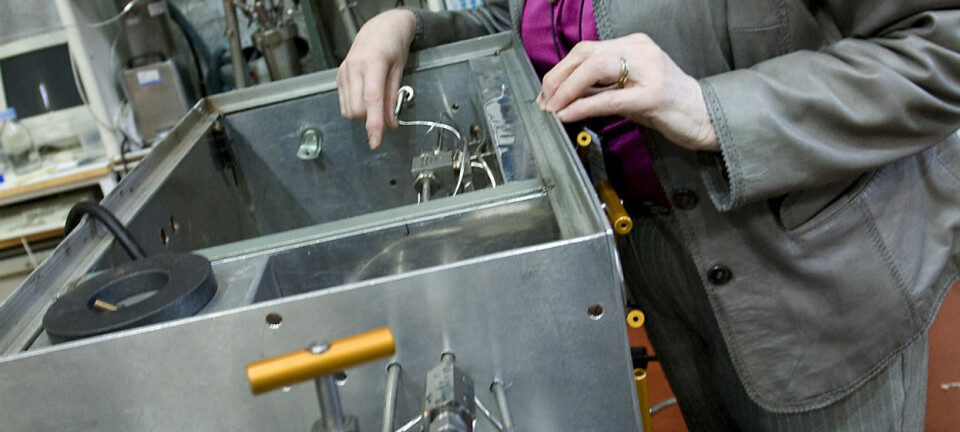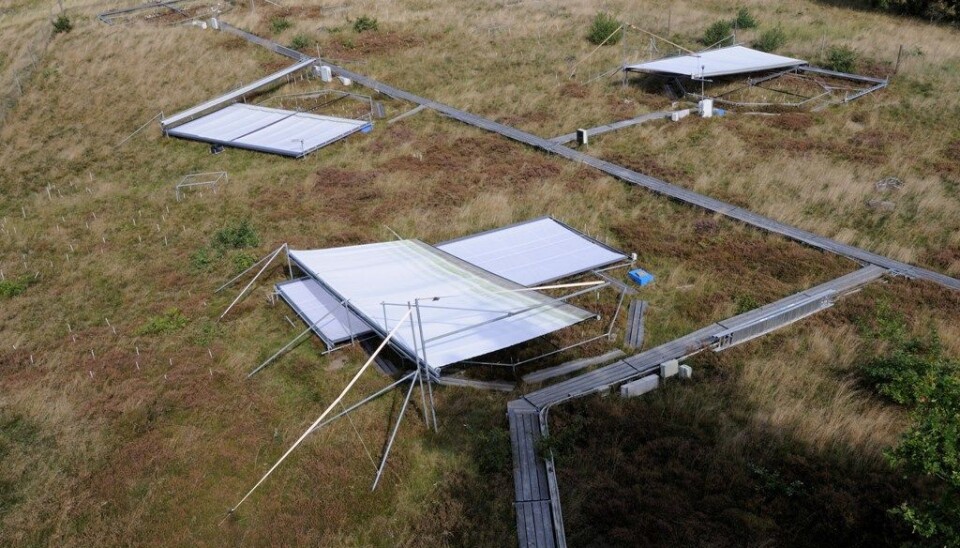
Global warming won't make plants grow any faster
Climate change will likely not result in increased plant growth as once thought. A new Danish research project shows that future periods of drought will limit growth – and that is bad news for the climate.
Until recently, scientists believed that increased plant growth would be one of the positive effects of global warming.
But now the results of a large-scale research project, known as CLIMAITE, led by scientists at Risø, Denmark's Technical University (DTU), fly in the face of this this assumption.
The results were recently published in the acknowledged journal Global Change Biology.
"Our experiments indicate that the growth potential of plants may be less significant than previously thought," explains Klaus Steenberg Larsen, a researcher at the Department of Biosystems at Risø DTU.
Bad news for climate developments
The new findings constitute an important background for future political decisions and actions necessary to counteract or prevent climate change.
"Nature's ecosystems already absorb a large share of the CO2 that we humans emit, and most global climate models are based on the assumption that in the future, plants with grow more as atmospheric concentrations of CO2 increase," says Larsen.
"On the contrary, our results indicate that the growth potential of plants may be more limited than previously assumed due to the negative impact of e.g. an increased risk of drought periods in the climate of the future."
He stresses the importance of understanding the interaction between several climate factors if we are to understand how nature will react to future climate change.
Drought was not taken into account in previous experiments
What sets CLIMAITE’s results apart from many previous experiments is the interaction between multiple factors.
In previous experiments, when a significant increase in growth was observed in plants that had been exposed to added levels of CO2, it was, according to Steenberg Larsen, because the plants were frequently given plenty of water and nutrients, which secured them optimal growth conditions.
In the future, however, plants will not solely be exposed to increased levels of CO2, he points out. For this reason, he and his colleagues have examined a combination of summer drought and growth-enhancing factors such as higher temperatures and elevated CO2 levels.
"Our experiment focuses on the interplay between the various factors that come into play when we are talking about the climate. Our theory is that in the future, the ecosystems will be subjected to simultaneous changes in all climate factors. And our experiments have shown that the interplay between these factors might actually end up limiting the assumed growth-enhancing effect of CO2," explains Larsen.
Experiments out in the open
At the heart of CLIMAITE’s activities lies an experimental site in the open countryside. Here, using a special technique known as FACE, the researchers manipulate CO2 levels using so-called CO2 jets.
Huge curtains are set up to increase the temperature: By rolling out the curtains, they eliminate precipitation, either at night to keep in the heat or when it rains to simulate drought.
"We set up this experiment so we can have fields that are exposed to elevated levels of CO2, heat or summer drought alone on the one hand, and fields exposed to various combinations of these three climate factors on the other hand. This enables us to study how the ecosystem is impacted by each individual factor. It also tells us what happens when the factors are combined," says Klaus Steenberg Larsen.
Read the article in Danish at videnskab.dk
